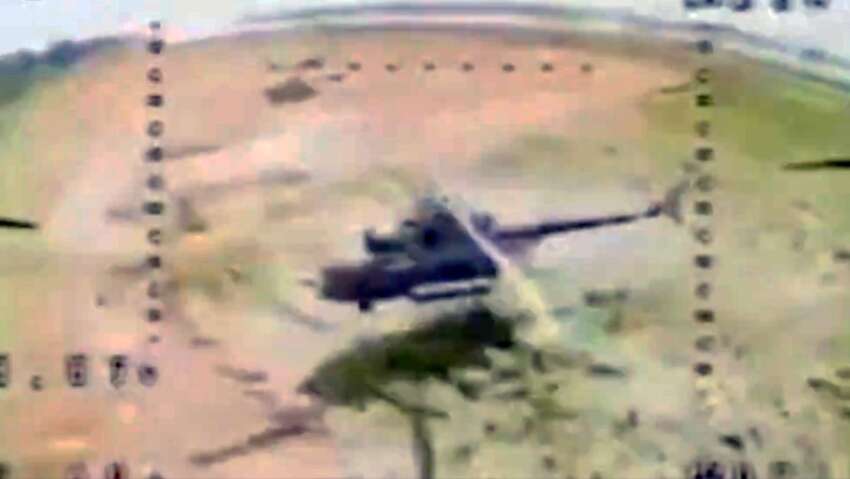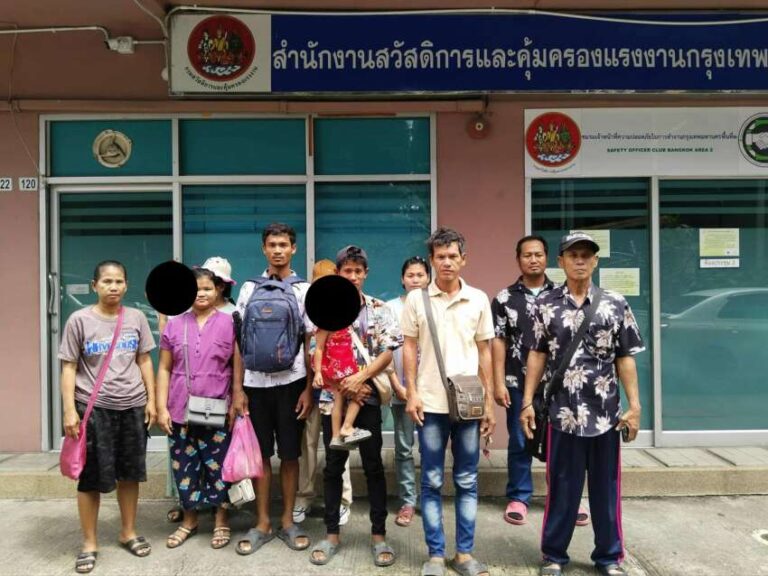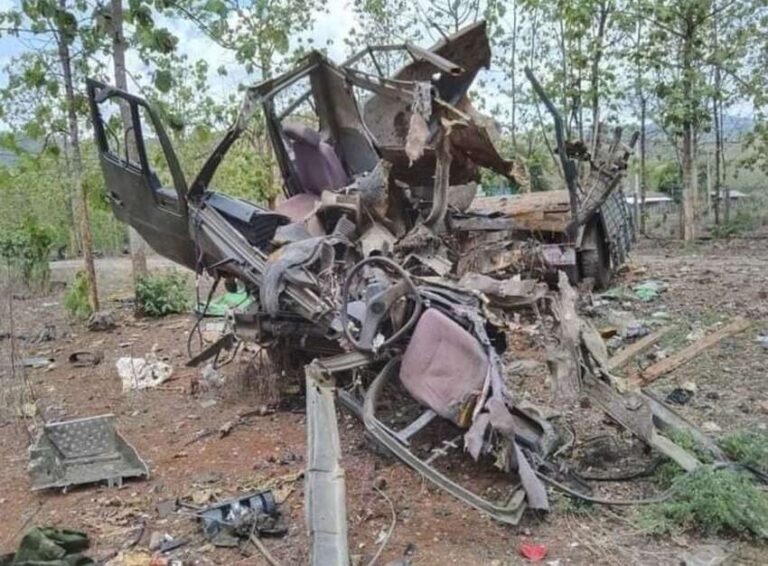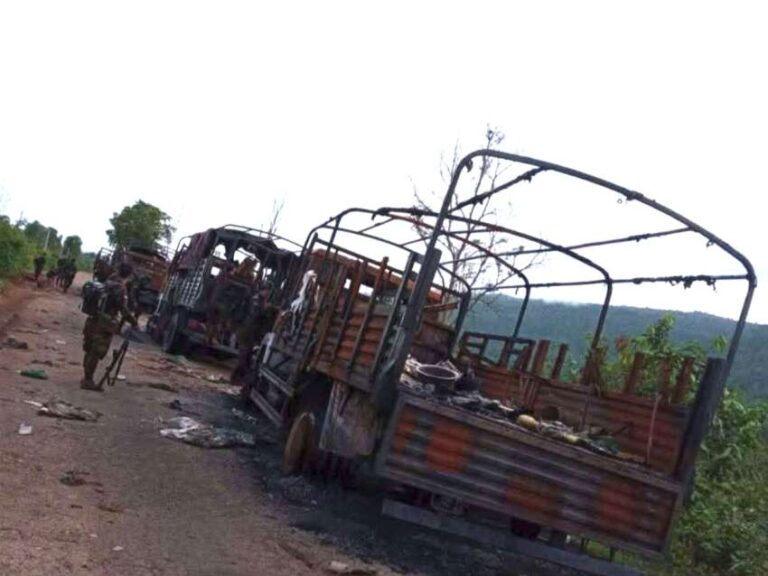
Following the successful drone attacks by the Kachin Independence Army (KIA) that destroyed two military helicopters in Banmaw and Shwegu townships of Kachin State, the military council has issued strict security directives for all air force bases. The instructions emphasize securing aircraft and helicopters in protective hangars and maintaining continuous monitoring of anti-drone systems and jammers. These heightened security measures come as a direct response to the KIA’s demonstration of advanced drone warfare capabilities.
The new directives mandate that all aircraft and helicopters must be immediately stored in protective hangars after training exercises and military operations, strictly prohibiting extended parking in open areas. The instructions also require regular inspections of hangar facilities to ensure their bomb-resistance and structural integrity. Daily checks of anti-drone defense systems have been made mandatory to maintain constant readiness against potential drone attacks. These measures reflect the military council’s growing concern about the vulnerability of their air assets to precision drone strikes by resistance forces.
The implementation of these stringent security protocols follows the May incident in Banmaw Township, where KIA forces successfully targeted and destroyed two military helicopters using FPV (First Person View) drones, resulting in the deaths of at least 15 military personnel, including a strategic commander and other officers. The directives include explicit warnings that any failure to comply with these security measures will result in severe disciplinary action against all responsible personnel. This incident has significantly impacted the military council’s air operations and forced them to reassess their air defense strategies across all bases.



